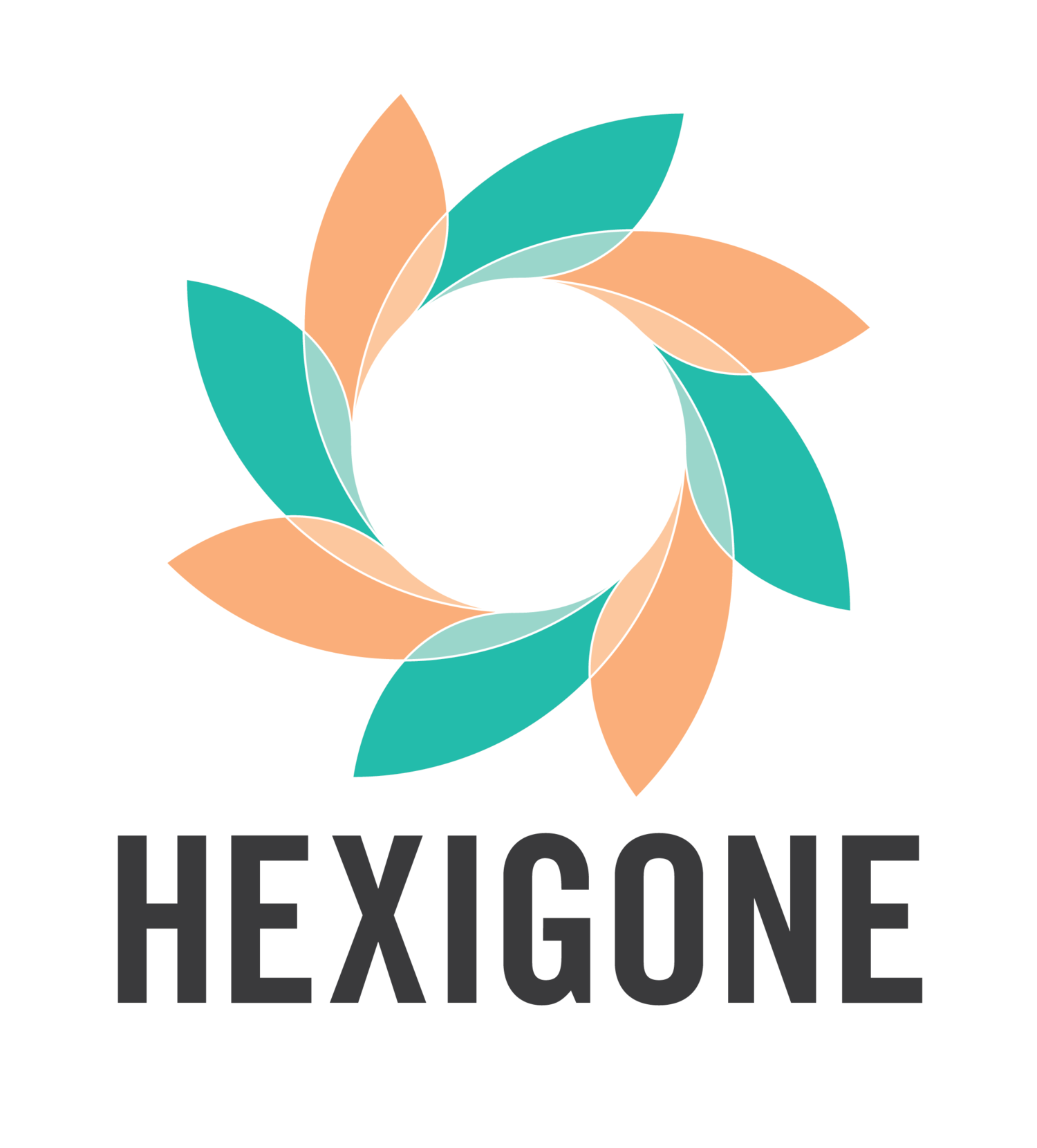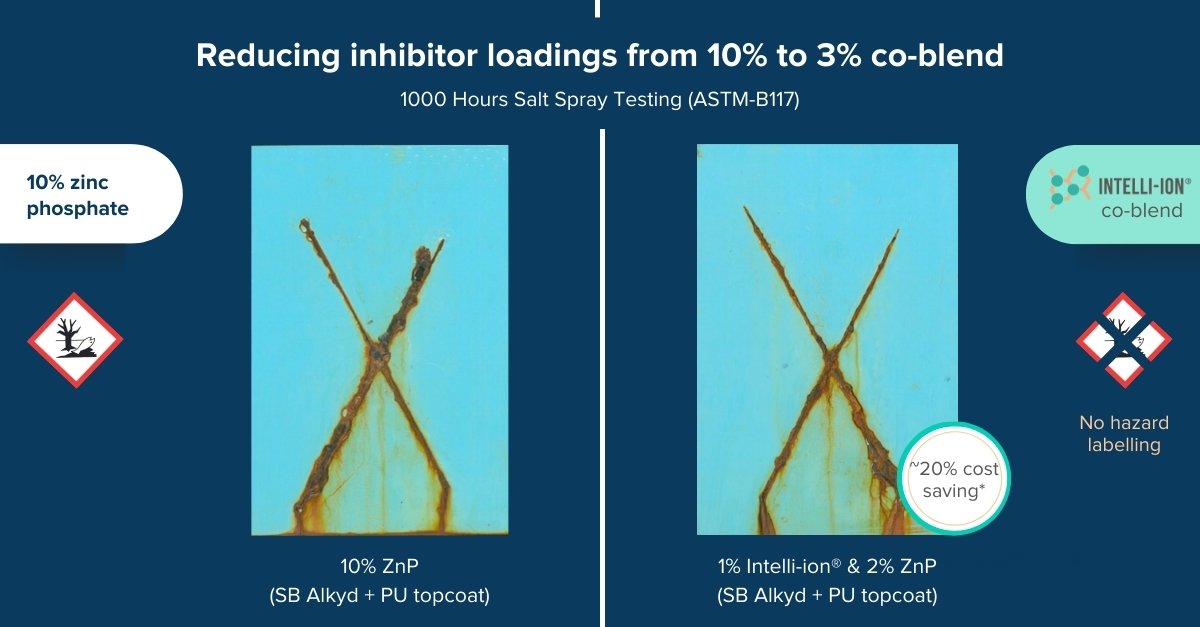Press Release: Do more for less with Intelli-ion®: Elevating Anti-Corrosion Coatings with Low Loadings
In the coatings industry, achieving optimal anticorrosion protection while being resource-efficient can be a challenge. Traditional approaches often rely on high loadings of corrosion inhibitors, which can lead to increased costs and environmental impact. However, with Hexigone's revolutionary Intelli-ion® technology, a paradigm shift is underway. Let's delve deeper into why our anticorrosion solution requires lower loadings compared to competitor products.
Understanding Loadings in Anticorrosion Coatings:
The term “loadings” refers to the amount of a particular ingredient, such as a corrosion inhibitor, added to a coating formulation. In the case of zinc phosphate, loadings of about 3-20% are often necessary to achieve desired levels of corrosion protection. However, this approach comes with drawbacks such as increased material costs, reduced formulation flexibility, and environmental draw-backs due to the presence of heavy metals.
The Intelli-ion® Difference:
Hexigone's Intelli-ion® technology represents a game-changer in the realm of anticorrosion coatings. Unlike traditional inhibitors, Intelli-ion® operates on a smart-release mechanism, wherein corrosion inhibitors are released precisely when and where they are needed most.
However, what truly sets Intelli-ion® apart is its lower specific gravity (1.35) compared to conventional inhibitors. This unique characteristic allows Intelli-ion® to occupy more volume within the coating matrix, reducing the overall amount of inhibitor required for optimal performance. For example, the 1% in weight of Intelli-ion® will take-up 3% volume in the dry film thickness. As a result, coatings formulated with Intelli-ion® require 1/3 of the loading vs zinc phosphate (ZnP), leading to environmental benefits while maintaining anti-corrosion performance.
If you have previously formulated for 3% of anti-corrosive pigment as part of your pigment volume concentration (PVC) in the dry film thickness, incorporating 1% of AX1 into your formulation will seamlessly integrate without compromising the critical CPVC (Critical Pigment Volume Concentration) of the system. This allows for the effective enhancement of corrosion protection while maintaining the integrity and performance of your coating.
Salt Spray Testing: Unveiling the Efficacy of Low Loadings
Utilising Intelli-ion® to replace current inhibitors
The testing imagery below showcases panel results following 1000 hours salt-spray testing (ASTM-B117). A leading primer coating containing 5% zinc phosphate was compared to formulations containing 0.5% and 1% of Intelli-ion®’s quick-release ion-exchange inhibitor – yielding excellent results. Significantly reducing the inhibitor loadings can offer coatings manufacturers lower costs*, improved adhesion and differentiation in the coatings market.
[*savings depend on current inhibitor loadings and currently inhibitor costs]
Co-blending Intelli-ion® with phosphates
Intelli-ion® also works alongside zinc phosphate to allow manufacturers to take a ‘step-change’ in their coatings formulation rather than completely replacing their current inhibitor - as demonstrated by the 1000 salt spray results below (ASTM-B117). Manufacturers are optimising their formulations to at least half the amount of ZnP to add 0.5-2% of Intelli-ion® to take advantage of synergistic protection mechanisms and reduced raw material costs.
Conclusion:
In summary, Hexigone's Intelli-ion® technology offers a compelling solution for achieving the highest anticorrosion protection while minimising material usage. By requiring lower loadings than competitor products like zinc phosphate, Intelli-ion® can deliver cost savings, enhanced efficiency, and reduced environmental impact. With Intelli-ion®, coatings manufacturers can truly do more for less, ushering in a new era of sustainable corrosion protection.




